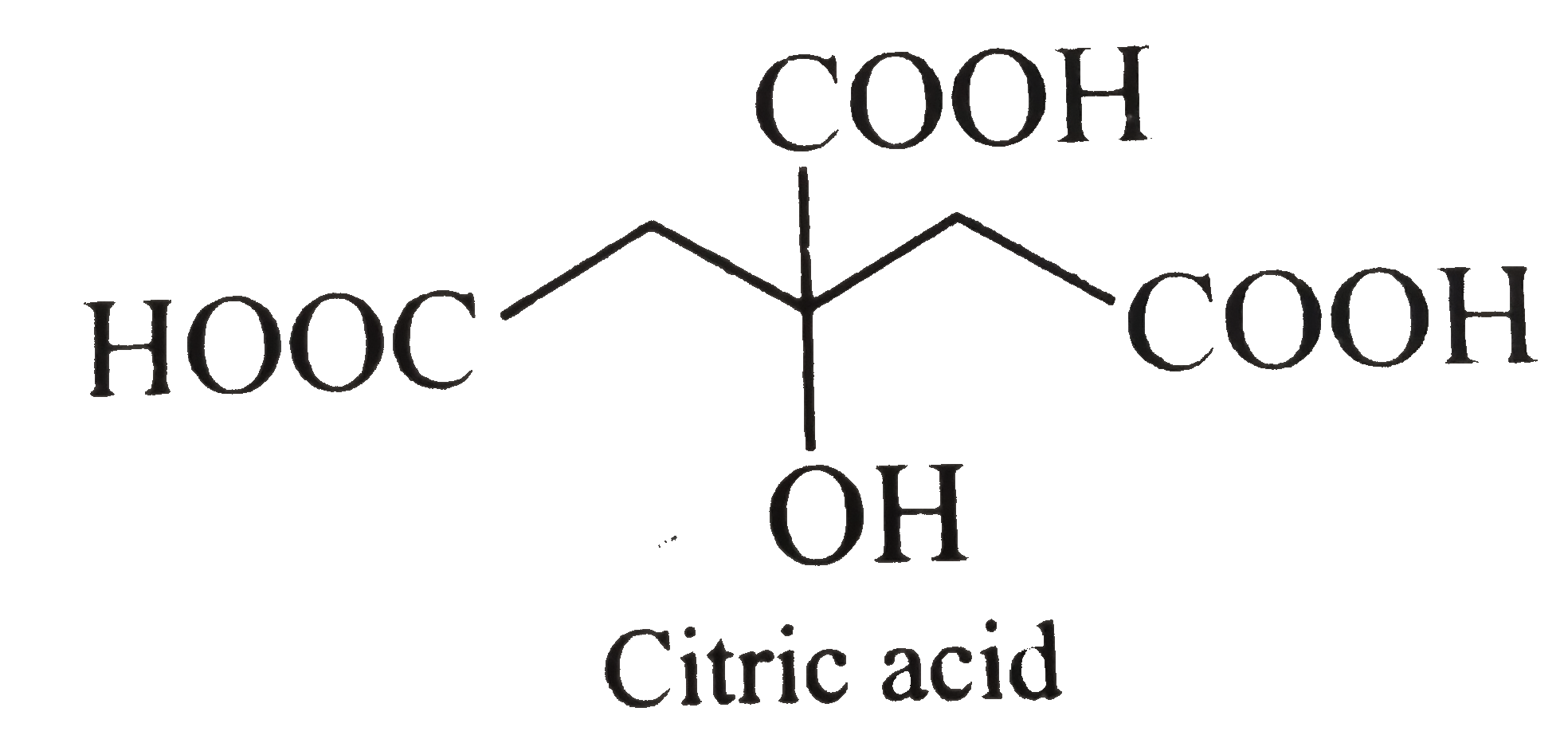Assertion : When yelow bodied, white eyed Drosophila females were hybridised with brown-bodied, red eyeed males , and F1 progeny was intercrossed, F2 ratio deviated from 9:3:3:1
Reason : When two genes in a dihybrid are on same chromosome, the proportion of parental gene combinations are much higher than the non-parental type
If both the assertion and reason are true and reason is the correct explanation of assertion
If both assertion and reason are true but reason is not the correct explanation of assertion
If assertion is true but reason is false
If both assertion and reason are false
The correct Answer is:A
In Drosophila, the genes for body and eye colour are located on X chromosome. When two genes in a dihybrid cross are situated on the same chromosome, the proportion of parental gene combination are higher than non-parental type. This occurs due to physical association or linkage of the two genes while non-parental gene combinations due to recombination between genes. Thus, linkage and recombination deviates the ratio form Mendelian ratio of a dihybrid cross (9:3:3:1)
Topper's Solved these Questions
- PRINCIPLES OF INHERITANCE & VARIATIONBOOK - NCERT FINGERTPS ENGLISHCHAPTER - PRINCIPLES OF INHERITANCE & VARIATIONEXERCISE - Principles Of Inheritance & Variation
167 Videos
- PRINCIPLES OF INHERITANCE & VARIATIONBOOK - NCERT FINGERTPS ENGLISHCHAPTER - PRINCIPLES OF INHERITANCE & VARIATIONEXERCISE - EXEMPLAR
17 Videos
- PRACTICE PAPERSBOOK - NCERT FINGERTPS ENGLISHCHAPTER - PRACTICE PAPERSEXERCISE - Practice paper
150 Videos
- REPRODUCTION IN ORGANISMBOOK - NCERT FINGERTPS ENGLISHCHAPTER - REPRODUCTION IN ORGANISMEXERCISE - All Questions
137 Videos
Similar Questions
In a dihybrid cross, when would the proportion of parental gene combinations be much higher than non-parental types, as experimentally shown by Morgan and his group?
View SolutionMorgan hybridised yellow-bodied, white-eyed females to brown-bodied red-eyed males and intercrossed their F1 progeny. He observed that
(a) F2 ratio was deviated very significantly from the 9:3:3:1 ratio
(b) Both genes did not segregate independently of each other
(c) Recombinant types are not obtained in F2 generation
(d) Both genes segregate independently of each other
Select the correct set of statements :
View SolutionHow many non-parental gene combinations were obtained when Morgan crossed yellow bodied, white eyed female to brown bodied, red eyed male ?
View SolutionIn F2 generation, a ratio of 1:4:6:4:1 is obtained instead of 9:3:3:1, when two pairs of genes are considered, it indicates
View SolutionIn a dihybrid cross, white eyed, yellow bodied female Drosophila was crossed with red eyed, brown bodied male Drosophila. The cross produced 1.3 precent recombinants and 98.7 progeny with parantal type combination in the F2 generation. Analyze the above observation and compare with the Menderlian dihybrid cross.
View SolutionDuring the studies on genes in Drosophila that were sex-linked T.H. Morgan found F2-population phenotypic ratios deviated from expected 9 : 3 : 3 : 1. Explain the conclusion he arrived at.
View SolutionDuring the studies on genes in Drosopila that were sex-linked T.H. Morgan found F2-populabon phenotypic ratios deviated from expected 9 : 3 : 3 : 1. Explain the conclusion he arrived at.
View Solution(a) Dihybrid cross between two garden pea plant one homozygous tall with round seeds and the other with wrinkled seeds was carried.
(i) Write the genotype and phenotype of the F1 progeny obtained from this cross.
(ii) Give the different types of gametes of the F1 progeny.
(iii) Write the phenotypes and its ratios of the F2 generation obtained in this cross along with the explanation provided by Mendel.
(b) How were the observations of F2 progeny of dihybrid crosses in Philosophical by Morgan different from that of Mendel carried in Pea plants ? Explain giving reasons.
View SolutionA white eyed and long winged male Drosophila was crossed to a vestigial winged (recessive) red eyed female .The two characters are linked in this anmla .When a female F1 was crossed the F2 generation produced
View SolutionAssertion (A) : The IUPAC name of the citric acid is 2-hydroxy-propane-1,2,3-tricarboxylic acid
Reason (R): When an unbranched C atom directly linked to more than two like-functional groups, then it is named as a dervative of the parent alkane which does not include the C of the functional groups.

View Solution
